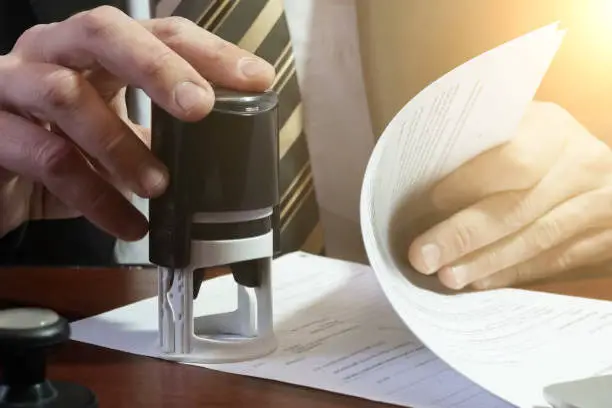


Critics of medication patents often argue that when original patents expire, pharmaceutical companies flood their patent portfolios with insignificant patents, needlessly extending their monopolies to keep prices high. For instance, a vocal critic advocates fighting “drug patent abuse,” arguing that these patents, instead of representing genuine innovation, exploit loopholes to artificially extend patent terms over minor differences from the original drug.
This argument perpetuates myths and misunderstandings that fail on several fronts. It stems from the belief that only the initial “groundbreaking inventions” deserve patent protection. However, this isn’t a stipulation for pharmaceutical or any technological patents. Patent law clearly states that any innovation meeting legal requirements like novelty and non-obviousness can receive a patent. Patents aren’t confined to groundbreaking inventions. In fact, follow-on patents that improve initial innovations are expressly encouraged in patent law, crucial for both small molecule drugs and biologic drug products.
Attacks on follow-on drug patents as “trivial” imply they cover obvious variations of the original drug patent. Yet, like all patents, follow-on drug patents must meet the same statutory criteria. The legal test for patent eligibility considers whether “the differences between the claimed invention and the prior art are such that the claimed invention as a whole would have been obvious… to a person having ordinary skill in the art to which the claimed invention pertains.” If a variation produces results unforeseeable to someone with average expertise in the field, the invention is non-obvious and patentable, irrespective of how small the difference seems from the patented invention.
Determining what would not have been obvious to experts in the field is a complex technical judgment. Often, evidence demonstrating a pharmaceutical modification’s patentability is its unexpectedly beneficial outcomes. Critics may dismiss follow-on drug patents as “insignificant” due to minor differences from the original patent. This overlooks the genuine unexpected benefits that justified patentability.
Follow-on drug patents cover modifications to the original drug. Notable examples include improved formulations, such as extended-release formulations enabling single-dose intake instead of multiple doses daily. While these may use commonly known methods, if a new extended-release formulation wouldn’t have been obvious or predictable from prior methods, it’s independently patentable. Once the original patent expires, generic versions of the original drug can be produced. Critics argue for the right to produce not only the previously patented FDA-approved drug but also the still-patented modifications. However, the public can choose between the generic version and the more expensive patented version, a fair market choice.
In recent years, large molecule biologic drugs have gained prominence, offering breakthrough treatments for several conditions but often at high costs. Creating affordable generic versions for biologics is challenging due to their complexity. While small molecule generics can replicate the FDA-approved active ingredient, it’s extremely difficult or impossible to precisely replicate the active element of biologics due to their complexity and intricate production processes. Hence, the Biologics Price Competition and Innovation Act allows for the approval of “biosimilars,” highly similar products to existing FDA-approved biologics.
Critics lament the numerous patents covering some biologics, potentially impeding biosimilars. However, the complexity of biologics and their production challenges lead to multiple patentable discoveries. This complexity contributes to the slow introduction of biosimilars, rather than low-quality patents hindering their market entry.
Overall, the patent system allows for follow-on innovations, crucial for improving drugs and fostering competition while ensuring fair market choices for the public. Understanding these nuances is essential in evaluating the role and impact of patents in the pharmaceutical landscape.